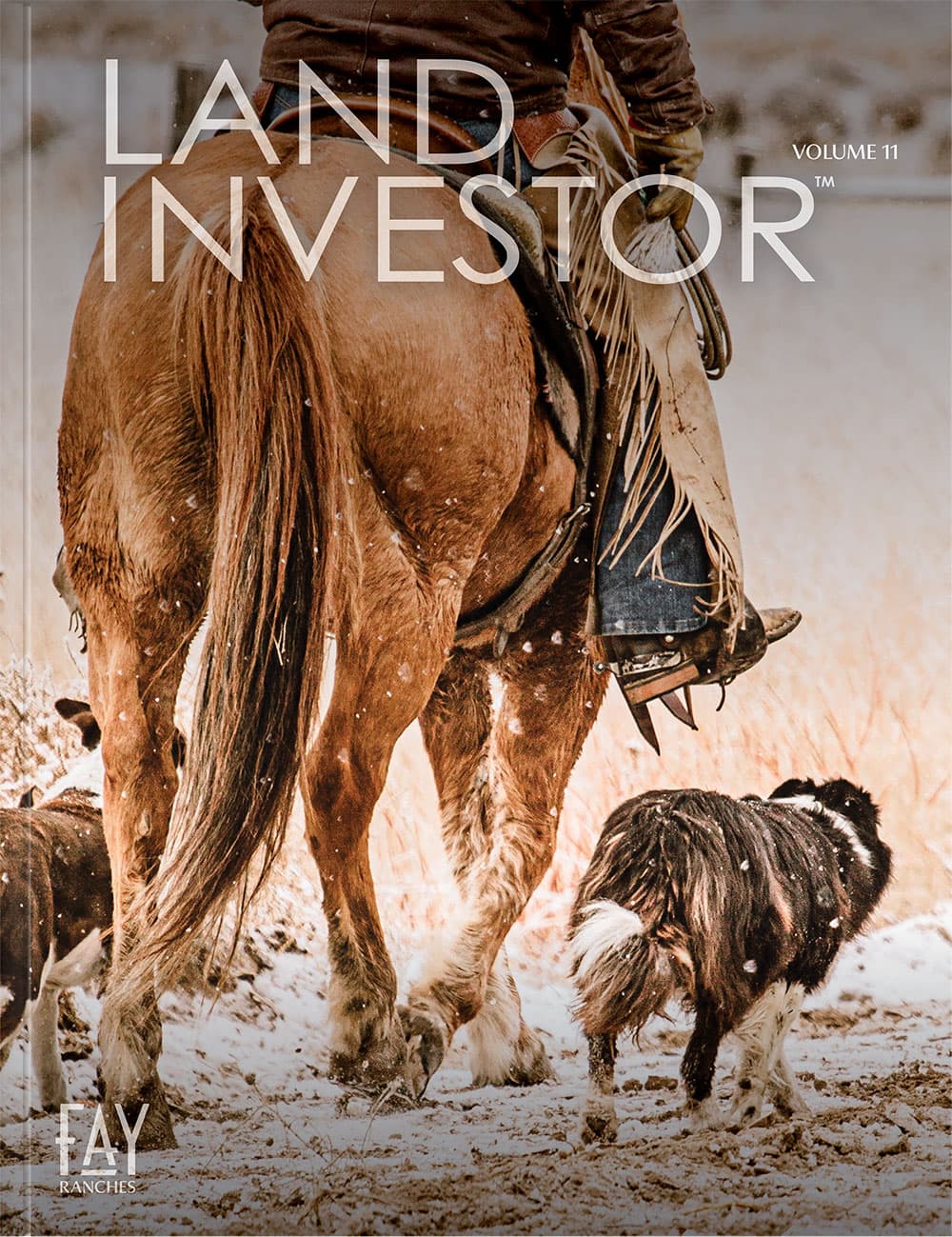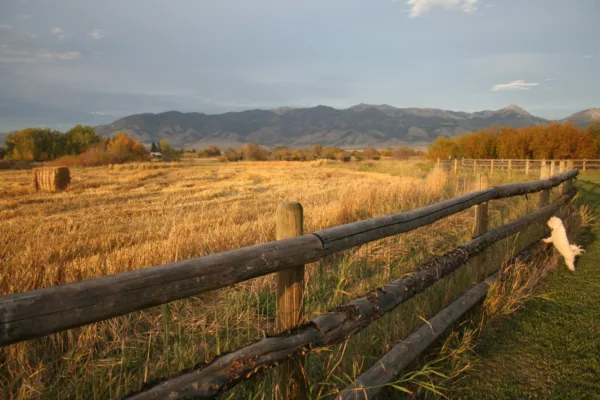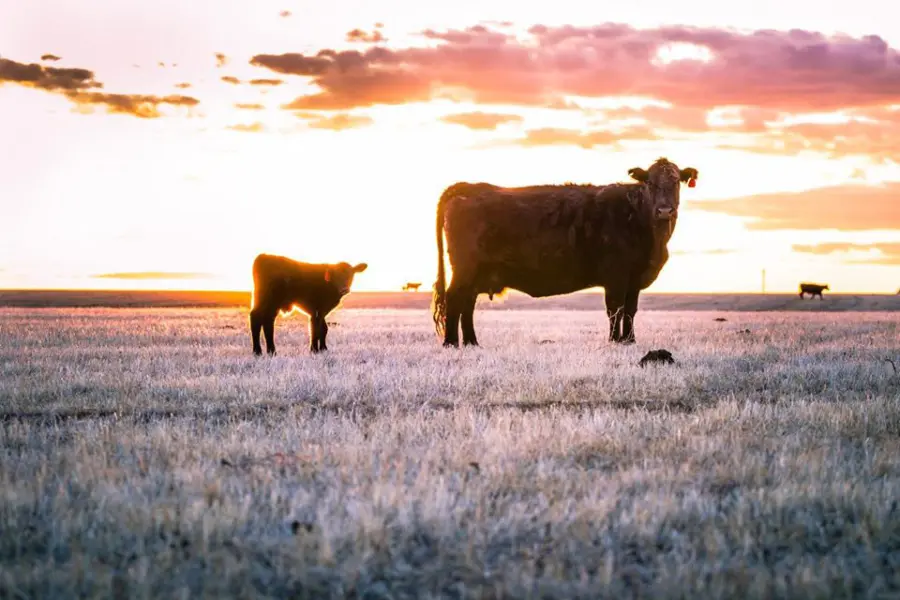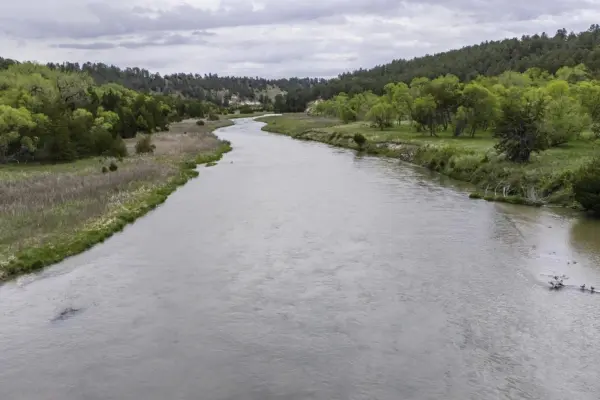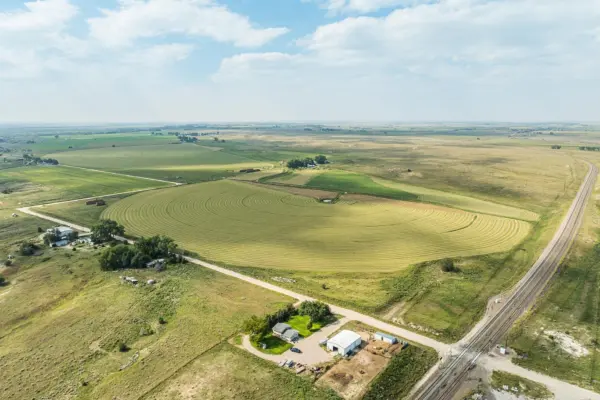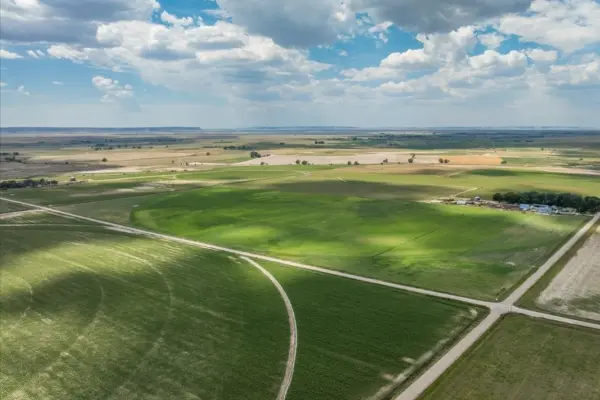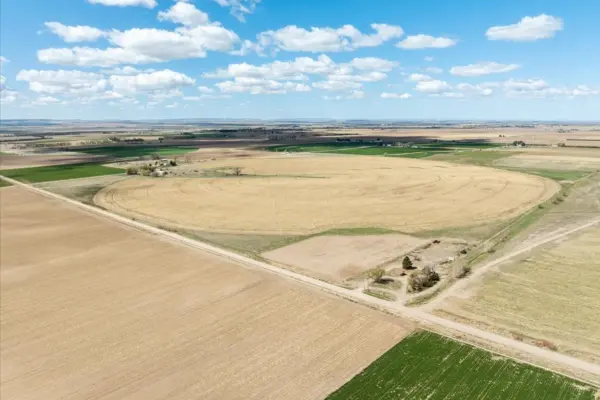Integrated Strategies for Cheatgrass Eradication
To achieve higher yields in cattle production, rangeland operators need to implement integrated management strategies that address the challenge of cheatgrass invasion. A holistic approach involves combining various techniques that work synergistically to control and eliminate cheatgrass while promoting the recovery of native vegetation:
Mechanical Control: Employing techniques such as mowing or tilling can help reduce cheatgrass seed bank viability and disrupt its growth cycle. These methods are particularly effective during the early growth stages of cheatgrass.
Chemical Control: The selective use of herbicides can be an effective tool for managing cheatgrass. Herbicides targeting cheatgrass during its active growth period can offer temporary reprieve and create opportunities for native plants to recover and reclaim their territory.
Grazing Management: Implementing controlled grazing practices can help suppress cheatgrass growth. Rotational grazing, where cattle are strategically moved to different pasture areas, can prevent cheatgrass dominance by allowing native vegetation to recover and grow.
Seeding Native Species: Reintroducing native grasses and forbs through reseeding efforts can help restore the balance of the ecosystem. Native plants are better adapted to local conditions and can compete more effectively against invasive species.
Monitoring and Adaptive Management: Regularly monitoring rangeland conditions and adjusting management strategies based on the outcomes can optimize cheatgrass control efforts. Flexibility and adaptability are crucial for long-term success.
Cheatgrass invasion poses a significant challenge to rangeland operations and cattle production, impacting forage quality, increasing fire risk, and disrupting overall ecosystem health. However, with a proactive and integrated approach to management, rangeland operators can effectively combat cheatgrass and promote recovery of native vegetation. By combining mechanical, chemical, and ecological strategies while also practicing controlled grazing, higher yields in cattle production can be achieved while restoring the health and resilience of rangeland ecosystems and ensuring their sustainability for generations to come.
